End of the road for cheap mobility?
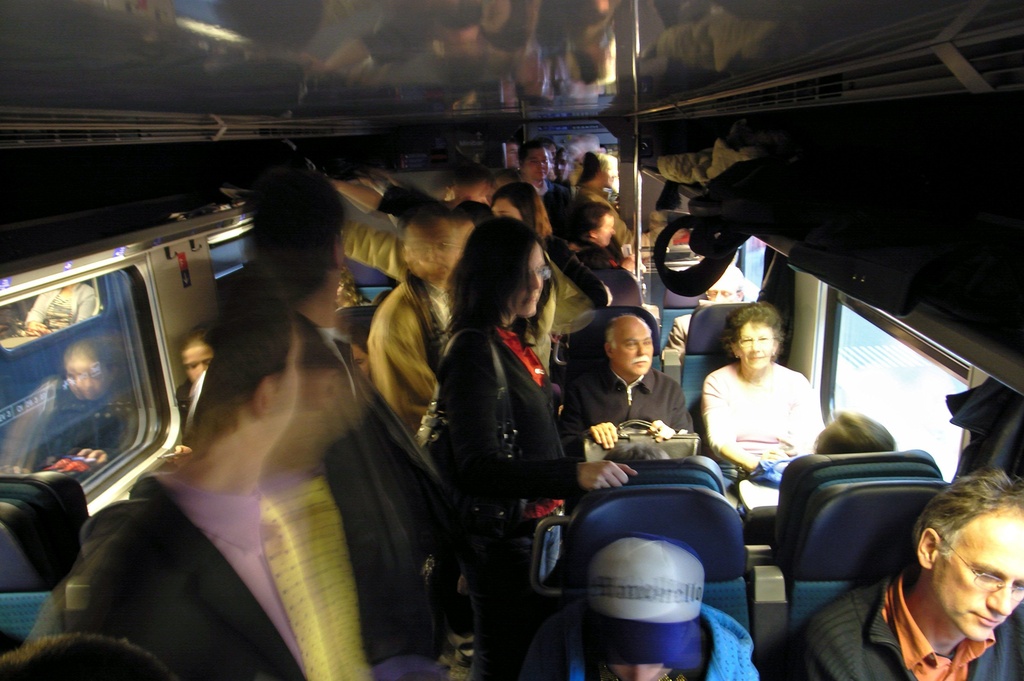
Switzerland has too much traffic in too little space, but the transport ministry’s latest proposals to face up to the challenge mean a real change of direction.
Just imagine: the cost of train tickets, particularly at peak times, has shot up. Driving on minor roads is cheaper than on major highways. Petrol has just about doubled in price. Groups can only book train seats for times when commuters are safely at work. Every trip by car is noted and monitored.
These are all scenarios put forward in the ministry’s new strategy report and could be reality in a few years’ time. But before then there will be a lot of debate in parliament, with lobbyists of both private and public transport piling on the pressure.
One proposal is to raise a so-called “railway cent” to help pay for the rail infrastructure.
“That would be a change to the system. Until now investment has always been financed from public funds,” Franziska Teuscher, chairwoman of the Swiss Transport and Environment Association, and Green Party member of parliament told the SonntagsZeitung newspaper.
Lower tax revenues
A “paradigm shift” is how Gérard Métrailler, head of the political department of the motorists‘ organisation, the Touring Club of Switzerland (TCS), describes another proposal: so-called “mobility pricing”, in other words, charging motorists for every kilometre they drive.
“If a new method of financing is introduced, the whole of the money raised must be used to maintain, run and expand the road infrastructure,” he insists.
But he is not necessarily against the proposal.
“Our basic attitude to mobility pricing is clearly positive, as long as it affects all modes of transport,” he told swissinfo.ch.
“If vehicles one day use much less fuel, because they are lighter and more efficient, or run on electricity, so that the income from fuel tax plummets, mobility pricing could be tried as one option.”
But in the meantime the TCS thinks fuel tax should continue to be used to finance the road infrastructure.
More and more traffic
The ministry’s strategy report is based on expert forecasts predicting huge increases in transport use by 2030: up by 20 per cent on the roads, and by a whole 45 per cent on the rail network.
The ministry expects maintenance and expansion of road and rail to cost between SFr126 and 135 billion ($126 and $135 billion) between 2010 and 2030. Of this, SFr64 billion would be spent on the roads.
When presenting the report, Transport Minister Moritz Leuenberger called for new financing instruments to be created in order to supplement the public purse.
The Swiss Federal Railways alone will need about SFr60 billion in investments by 2050, its chairman Andreas Meyer told the Journal de Genève newspaper. One-third of this will be for rolling stock, and must be generated by the railways themselves.
Infrastructure – such as the rails, tunnels and bridges – is paid for out of the public purse. The SonntagsZeitung newspaper says the transport ministry wants to see a tax on tickets replacing part of the subsidy.
However, such a “rail cent” would have to go to a popular vote before it could be imposed.
Cheap mobility
“There’s no reason why mobility should be subsidised,“ Reiner Eichenberger, head of the seminar for financial management at Fribourg University, told swissinfo.ch.
“Mobility is an ordinary commodity. So those who use it should pay for it, just as they have to with all other commodities available in a market economy,” he explained.
“Of course you cannot get rid of subsidies from one day to the next. It will take a few years, but not decades.”
He believes people have got used to organising their lives on the basis of cheap mobility.
“They have chosen to work far from where they live, or they have chosen to live in places a long way out of town. Schools also need to be decentralised. It is quite ridiculous that secondary schoolchildren are bussed into the major cities at rush hour.”
True costs
If subsidies are to be abolished, private and public transport must bear the real costs that they cause. Eichenberger puts these at an extra 13 centimes per kilometre by car and 13 centimes per kilometre per person by rail.
He denies that such a profound change would be politically impossible to push through. He rejects the argument that voters have already approved subsidies to the rail system on many occasions.
“The people have always agreed to this on the assumption that private transport is also massively subsidised. They have the idea that if one is subsidised, it would also be reasonable to subsidise the other. But if private transport has to bear its true costs, there is no longer any reason to subsidise public transport.”
Andreas Keiser, swissinfo.ch (Adapted from German by Julia Slater)
The strategy report on new ways of financing the transport infrastructure was drawn up for the ministry of transport.
It was presented by Transport Minister Moritz Leuenberger on November 3.
The report calls for a mobility levy to be raised on all forms of transport, which will both help to steer traffic flows and compensate for the medium-term decrease in fuel tax revenue as vehicles become more efficient.
The report says the state of the infrastructure is “good”: the road, rail, air, power, gas and telecommunications networks are reliable, and reach all parts of the country.
However, demand will increase sharply in the next 20 years.
Switzerland must be ready to play an active role as an “infrastructure hub” in the midst of the European Union, the report says.

In compliance with the JTI standards
More: SWI swissinfo.ch certified by the Journalism Trust Initiative
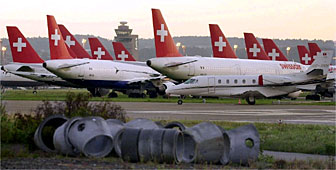
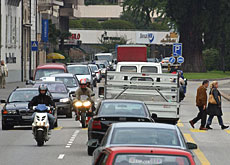
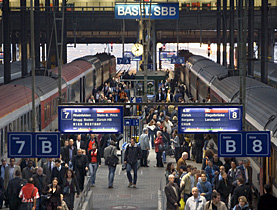

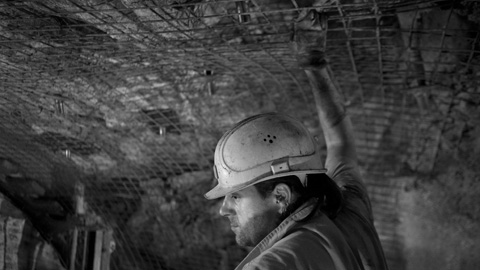
You can find an overview of ongoing debates with our journalists here. Please join us!
If you want to start a conversation about a topic raised in this article or want to report factual errors, email us at english@swissinfo.ch.